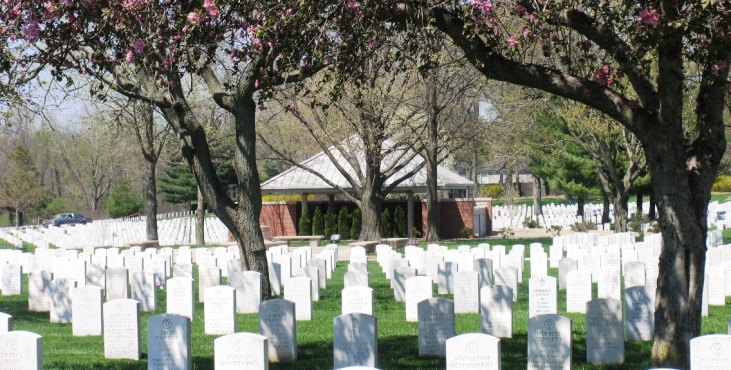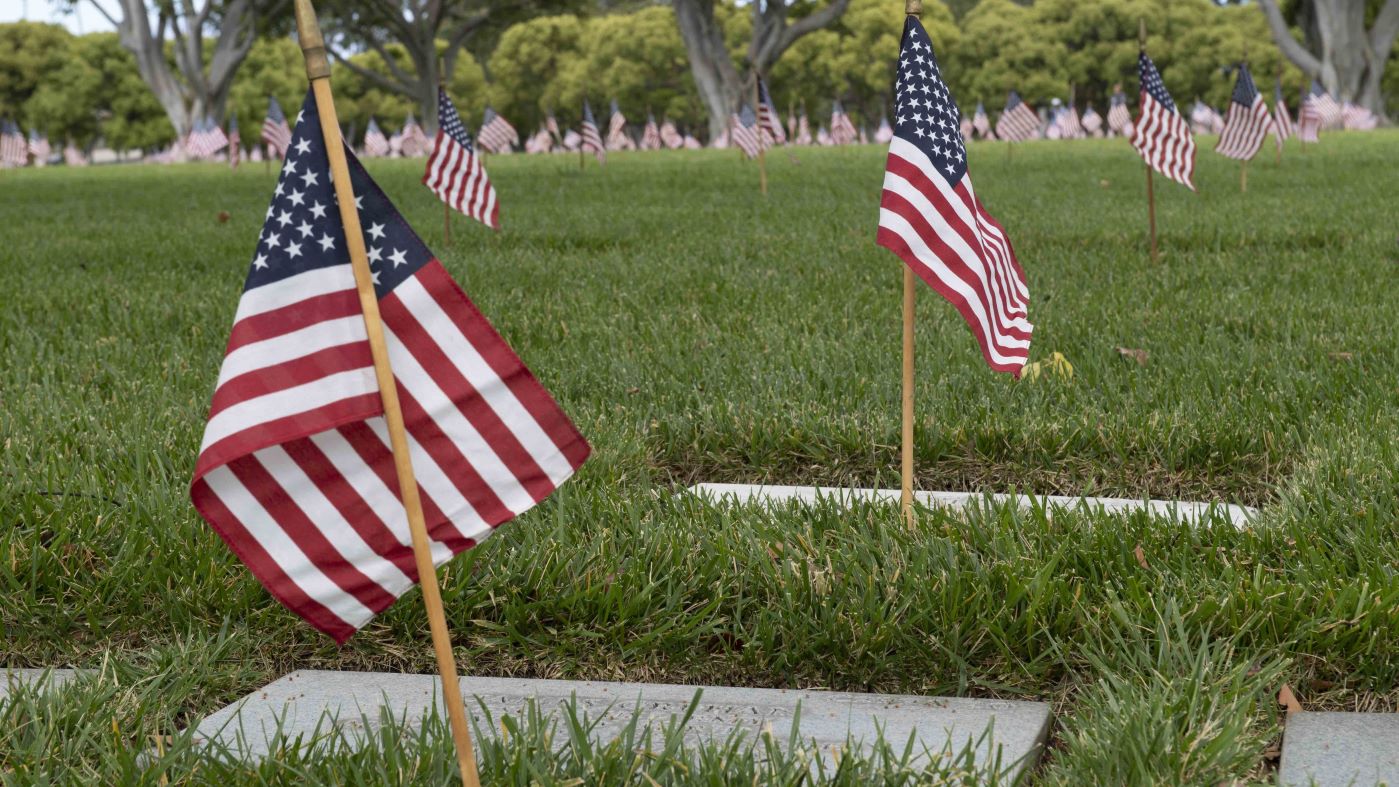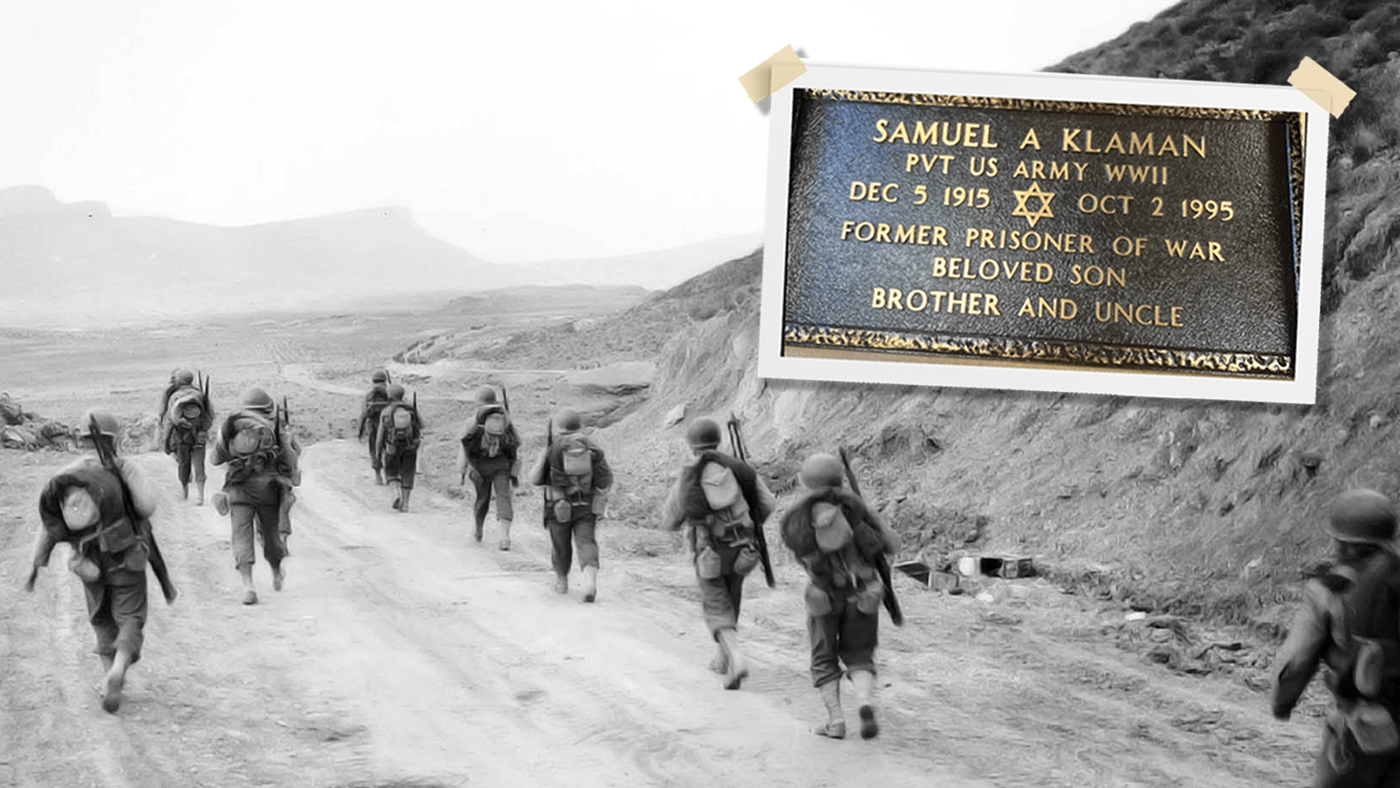America’s national cemeteries were first authorized on July 17, 1862, as part of a congressional act to fund the Union military forces during the Civil War. Initially, national cemeteries were intended for the burial of those who served with the U.S. (Union) forces.
A majority of early national cemeteries were established in the defeated South and, out of necessity, numerous federal laws were passed to protect the cemeteries and graves of Union soldiers buried there. Many laws in the immediate aftermath of the war, rewarded Veterans of the Union forces for their role in defeating what was called, at the time, “the rebellion.
One example was the first Veterans preference law, enacted on March 3, 1865, which created a federal policy of giving preference to military Veterans when hiring positions for government agencies. As a consequence, the Army’s Quartermaster Department made it their policy to employ Veterans of the U.S. forces for its growing national cemetery system, which was a winning arrangement for both the department and the Veterans.
In 1878 Maj. George W. Ford, a “Buffalo soldier” of the reorganized Army after the Civil War, became one of the first African-Americans appointed as superintendent of a national cemetery.

After the Civil War ended, the U.S. Army was reorganized, and because of the U.S. Colored Troops’ success during the war, the new Army included segregated regiments of African-American soldiers. George enlisted with the segregated 10th Cavalry in 1867 and served in Kansas, New Mexico, Arizona, and Texas during the government’s wars with various Native American tribes until his honorable discharge in 1873.
On Nov. 9, 1878, George Ford was appointed as superintendent at Chattanooga National Cemetery in Tennessee, but was transferred shortly afterwards to Beaufort National Cemetery in South Carolina. There he soon met and married Hattie Bythewood and started a family. He was superintendent at Beaufort for roughly 15 years, until 1894, when he was transferred to Fort Scott National Cemetery in Kansas.

His tenure at Port Hudson National Cemetery was short-lived, one of his shortest — two years, as he was transferred, again, in 1906 to Camp Butler National Cemetery near Springfield, Illinois. He spent the remainder of his career at Camp Butler National Cemetery, retiring on Oct. 20, 1930. He enjoyed a long 52 year career overseeing five national cemeteries. He died on June 30, 1939 at the age of 91 and was buried at Camp Butler National Cemetery.
Topics in this story
More Stories
In November 2024, VA's National Cemetery Administration (NCA) officially opened new Green Burial sections at three national cemeteries.
Beginning on Nov. 9, 2024, VA will accept applications for payment of a monetary allowance for privately purchased OBRs and for OBRs provided by a grant-funded cemetery, when the OBR is placed at the time of interment. This allowance may be paid for burials that occurred on or after the effective date of the new authority which is Jan. 5, 2023.
With help from VBA and NCA, an administrative correction honored a WWII soldier's service and Jewish identity.







Very touching story.It was good to know a Black man stood proud for his countryl